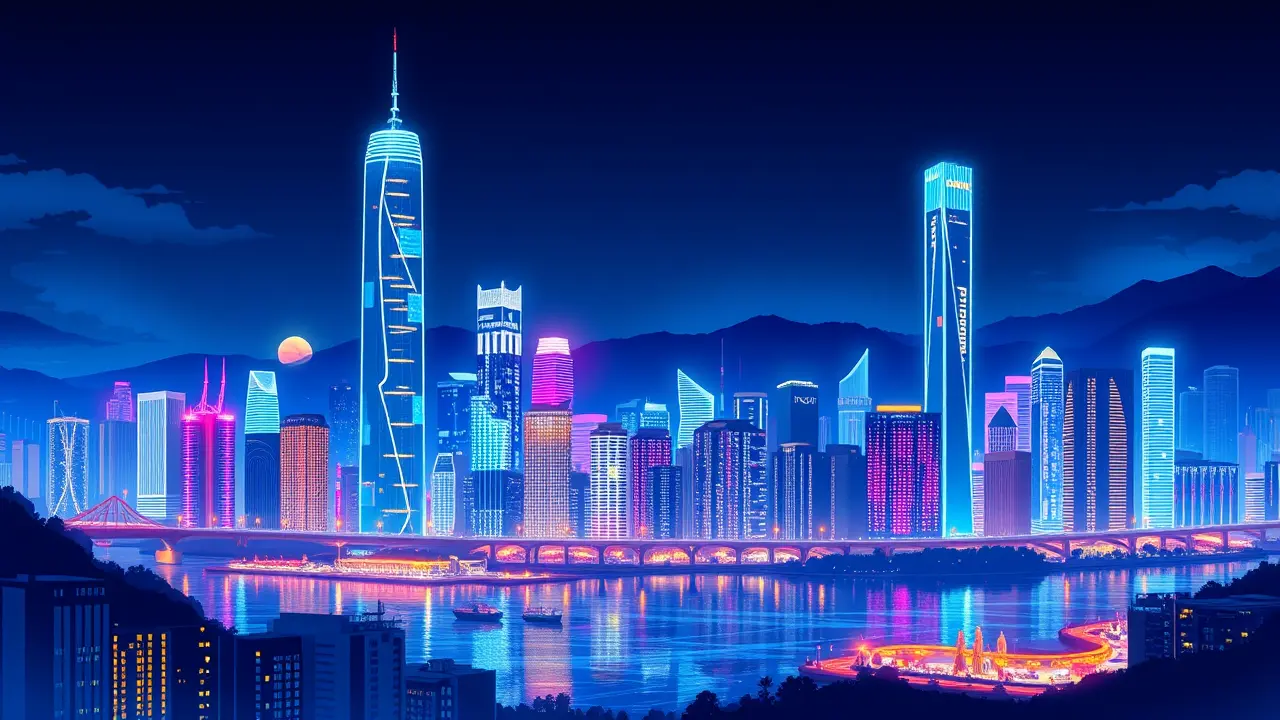Hong Kong's Northern Metropolis as a Cultural Hub
The blueprint for Hong Kong's Northern Metropolis is, on its surface, another massive urban development project, but to see it as merely a solution to housing shortages and industrial land needs is to miss the entire point—it’s a fascinating experiment in geopolitical soft power, a topic I find myself falling into a Wikipedia-style rabbit hole on whenever it comes up. Think about it: this isn't just about building apartments and tech parks; it's about consciously constructing a cultural identity from the ground up, an endeavor as ambitious as it is precarious.The Greater Bay Area (GBA) concept itself is a grand vision, aiming to fuse Hong Kong and Macao's international flair with the manufacturing muscle of cities like Shenzhen and Guangzhou into a single, integrated economic powerhouse, a Chinese answer to the San Francisco Bay Area or the Tokyo megalopolis. But economic might alone doesn't command global respect or influence; that's the realm of culture, of the stories a place tells and the art it produces, what political scientists call 'soft power.' For decades, Hong Kong was a prolific exporter of this very commodity—its cinematic golden age with legends like Bruce Lee and John Woo created a certain mystique, a gritty, glamorous energy that captivated the world. The Northern Metropolis presents a monumental opportunity to reignite that engine, but in a completely new context.Instead of the organic, chaotic creativity of old Kowloon, this is a planned cultural hub, which immediately raises the question: can you bureaucratize cool? The plan envisions a zone of 'cultural emancipation,' a phrase that carries immense weight, suggesting a break from past constraints and the fostering of a new, dynamic artistic scene. This would require more than just erecting museums and performance halls; it's about creating an ecosystem—attracting visionary curators, supporting avant-garde theatre troupes, establishing residencies for digital artists working with AI, and perhaps most critically, ensuring a level of intellectual freedom that allows for genuinely provocative work.The historical precedent isn't entirely encouraging; many planned cultural districts around the world have struggled to capture authentic creative energy, ending up as sterile, tourist-friendly facades. London's South Bank, for instance, evolved organically over time, while Beijing's 798 Art District grew from repurposed industrial buildings, their character baked in by history and accident.The Northern Metropolis has no such legacy; its character must be written from scratch. The potential consequences of getting this right are staggering.A successful cultural hub would not only enhance the GBA's global profile but could also serve as a powerful bridge, showcasing a modern, innovative China to the world, one that values and contributes to global cultural conversations. It could become a magnet for talent, drawing the best and brightest creatives from across Asia and beyond, creating a self-perpetuating cycle of innovation.Conversely, if it's perceived as a top-down, sanitized version of culture, it risks being dismissed as propaganda, a theme park of state-approved art that fails to resonate internationally. The real intrigue lies in the tension between control and creativity, between national strategy and the inherently rebellious spirit of art.It’s a story I find endlessly compelling, not just as an urban planning case study, but as a window into the future of how nations project influence in the 21st century. The cranes are now in motion, the land is being reclaimed, but the most significant construction will be that of meaning itself.
It’s quiet here...Start the conversation by leaving the first comment.
